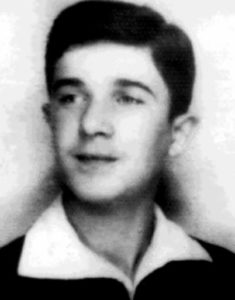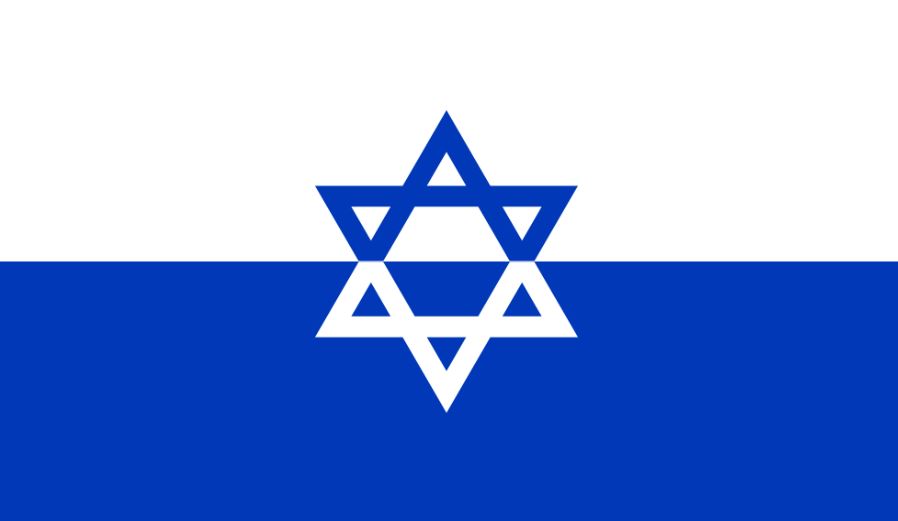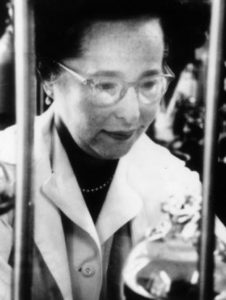Owner of the Toronto Raptors and Maple Leafs
 Lawrence M. Tanenbaum (b. 1945) was born in Toronto, the grandson of religious Polish-Jewish immigrants. His father was a real estate tycoon and the founder and owner of York Steel Construction. Tanenbaum studied economics at Cornell University, where he managed the school’s hockey team. Upon graduating, he became the general manager of Kilmer Van Nostrand, a construction company that his father had recently bought out. Tanenbaum expanded the company rapidly. Among their many projects across the Americas are the Toronto, Atlanta, Miami, and Calgary train and subway networks. After a merger with another company in 1984, Tanenbaum became the CEO of Canada’s largest road paving company. Meanwhile, he created two new subdivisions for Kilmer: its Developments wing which is a leading Canadian real estate firm, and Kilmer Sports, for which Tanenbaum is most famous. Kilmer Sports has a 25% share of Maple Leafs Sports & Entertainment Ltd., and Tanenbaum is the chairman of both the Toronto Maple Leafs hockey team and the Toronto Raptors basketball team. The former is among the most valuable sports clubs in the world, while the latter won the NBA Championship last week for the first time in its history. In fact, Tanenbaum played an instrumental role in bringing a professional basketball team to Toronto. Although he lobbied the NBA for years, the contract was ultimately awarded to another businessman. Undeterred, Tanenbaum vowed to buy it out, and did so in 1998 with the team having struggled tremendously in its first years. Tanenbaum quickly turned its fortunes around (together with Vince Carter, who was drafted that same year.) Tanenbaum is a big sports fan himself, and goes to as many Leafs and Raptors games as he can. MLSE also owns the Toronto Argonauts, Toronto FC, and two more teams, making it Canada’s largest sports company, and one of the largest in the world. Last year, Tanenbaum (with a partner) bought the rights to bottle and distribute Coca-Cola in Canada. Tanenbaum and his family are huge philanthropists, donating countless millions to schools, hospitals, and charities. Among his largest donations are $60 million to Toronto’s Mount Sinai Hospital, $20 million to Montreal’s Neurological Institute and Hospital, $5 million to the University of Toronto, and $50 million to the UJA. He is a co-founder of the Centre for Israel and Jewish Affairs. Tanenbaum was awarded the Order of Canada in 2007. He plans to take the Toronto Raptors on an all-expenses paid trip to Israel as a victory present.
Lawrence M. Tanenbaum (b. 1945) was born in Toronto, the grandson of religious Polish-Jewish immigrants. His father was a real estate tycoon and the founder and owner of York Steel Construction. Tanenbaum studied economics at Cornell University, where he managed the school’s hockey team. Upon graduating, he became the general manager of Kilmer Van Nostrand, a construction company that his father had recently bought out. Tanenbaum expanded the company rapidly. Among their many projects across the Americas are the Toronto, Atlanta, Miami, and Calgary train and subway networks. After a merger with another company in 1984, Tanenbaum became the CEO of Canada’s largest road paving company. Meanwhile, he created two new subdivisions for Kilmer: its Developments wing which is a leading Canadian real estate firm, and Kilmer Sports, for which Tanenbaum is most famous. Kilmer Sports has a 25% share of Maple Leafs Sports & Entertainment Ltd., and Tanenbaum is the chairman of both the Toronto Maple Leafs hockey team and the Toronto Raptors basketball team. The former is among the most valuable sports clubs in the world, while the latter won the NBA Championship last week for the first time in its history. In fact, Tanenbaum played an instrumental role in bringing a professional basketball team to Toronto. Although he lobbied the NBA for years, the contract was ultimately awarded to another businessman. Undeterred, Tanenbaum vowed to buy it out, and did so in 1998 with the team having struggled tremendously in its first years. Tanenbaum quickly turned its fortunes around (together with Vince Carter, who was drafted that same year.) Tanenbaum is a big sports fan himself, and goes to as many Leafs and Raptors games as he can. MLSE also owns the Toronto Argonauts, Toronto FC, and two more teams, making it Canada’s largest sports company, and one of the largest in the world. Last year, Tanenbaum (with a partner) bought the rights to bottle and distribute Coca-Cola in Canada. Tanenbaum and his family are huge philanthropists, donating countless millions to schools, hospitals, and charities. Among his largest donations are $60 million to Toronto’s Mount Sinai Hospital, $20 million to Montreal’s Neurological Institute and Hospital, $5 million to the University of Toronto, and $50 million to the UJA. He is a co-founder of the Centre for Israel and Jewish Affairs. Tanenbaum was awarded the Order of Canada in 2007. He plans to take the Toronto Raptors on an all-expenses paid trip to Israel as a victory present.
Words of the Week
Five thousand years of continuous history of the Jewish people have built an ethic. And the ethic has been built around family, the importance of learning and good behaviour. You build on those tenets. You never stop learning, whether that’s reading the Bible, the Talmud, the New Yorker or Engineering News Record. And ethical behaviour is about conducting your relationships on an ethical basis. You’re honest with people.
– Larry Tanenbaum



